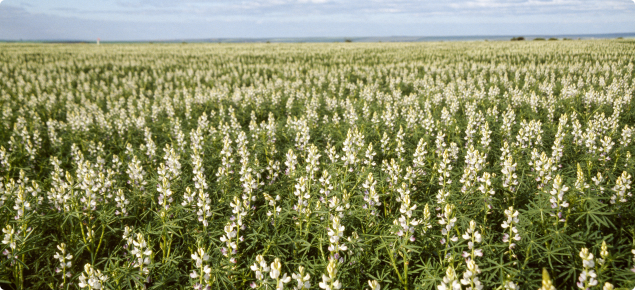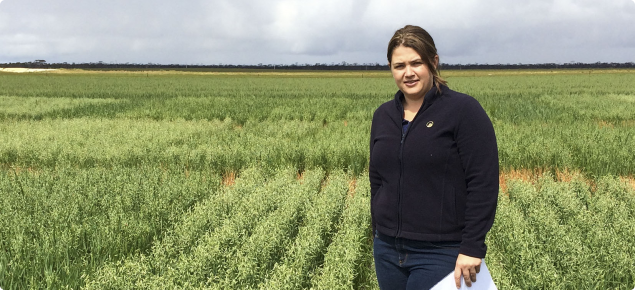The research program will focus on six projects:
- Re-engineering soils to improve the access of crop root systems to water and nutrients stored in the subsoil
- Increased grower profitability on soils with sodicity and transient salinity in the eastern grain belt of the Western Region
- Increasing farming system profitability and longevity of benefits following soil amelioration
- Investigating phenology diversity in germplasm, and levers for optimising profitability from April sown oats
- High Value Pulses – Raising awareness, optimising yield and expanding the area of lentil, chickpea and faba bean in Western Australia
- Expanding the sowing window for canola and lupins – what works in WA?
Re-engineering soils to improve the access of crop root systems to water and nutrients stored in the subsoil
This project will address multiple interacting soil constraints within the crop root zone through strategic combinations of soil amelioration techniques or from soil profile re-engineering. Soil profile re-engineering is the fundamental redesign of soil profiles to achieve dramatic improvements in critical measures of cropping performance including water and nutrient use efficiency, grain yield and grower profitability.
Increased grower profitability on soils with sodicity and transient salinity in the eastern grain belt of the Western Region
This project will explore and develop management options for cropping soils constrained by sodicity and transient salinity across the low rainfall eastern grainbelt of Western Australia. Interacting combinations of sodicity and transient salinity, often associated with high subsoil pH, ion toxicities (mainly boron) and poor subsoil structure, interact to constrain crop yields by reducing water extraction by crop roots
Increasing farming system profitability and longevity of benefits following soil amelioration
The purpose of this project is to identify management changes that will preserve the benefits of soil amelioration and maximise profitability for growers. The research will determine the most profitable crop rotations, species choice and seedbed preparation that maintain the long term benefits of soil amelioration while managing the temporary risks, such as wind erosion and poor crop establishment.
Investigating phenology diversity in germplasm, and levers for optimising profitability from April sown oats
This project will evaluate suitability of a range of milling oat germplasm for early sowing (April) in Western Australia. The investment aims to: (a) screen a wide range of oat lines (including international germplasm) for adaptation and suitability to WA growing conditions; and (b) investigate milling oat varieties and breeding lines expected to be released, when sown early (April and May), under different nutrition strategies to determine the best-bet agronomy for growers to meet tightening milling oat quality specifications.
High Value Pulses – Raising awareness, optimising yield and expanding the area of lentil, chickpea and faba bean in Western Australia
This project will raise awareness of growers and consultants in the Western Region of the advances in lentil, faba bean and chickpea varieties and production systems developed in GRDC investments throughout Australia. Growers in WA will then have the production package, knowledge, and confidence to achieve yield stability whilst reducing production risks and capturing systems benefits to following crops.
Expanding the sowing window for canola and lupins – what works in WA?
This project will provide growers and agronomists with the agronomic information they are asking for around early sown canola and lupins. The project aims to increase yield of canola and lupin crops through the capture of early sowing opportunities; increase the area of canola and lupin crops sown due to greater profitability; and identify commercially released canola and lupin cultivars likely to be better adapted to very early sowing.




